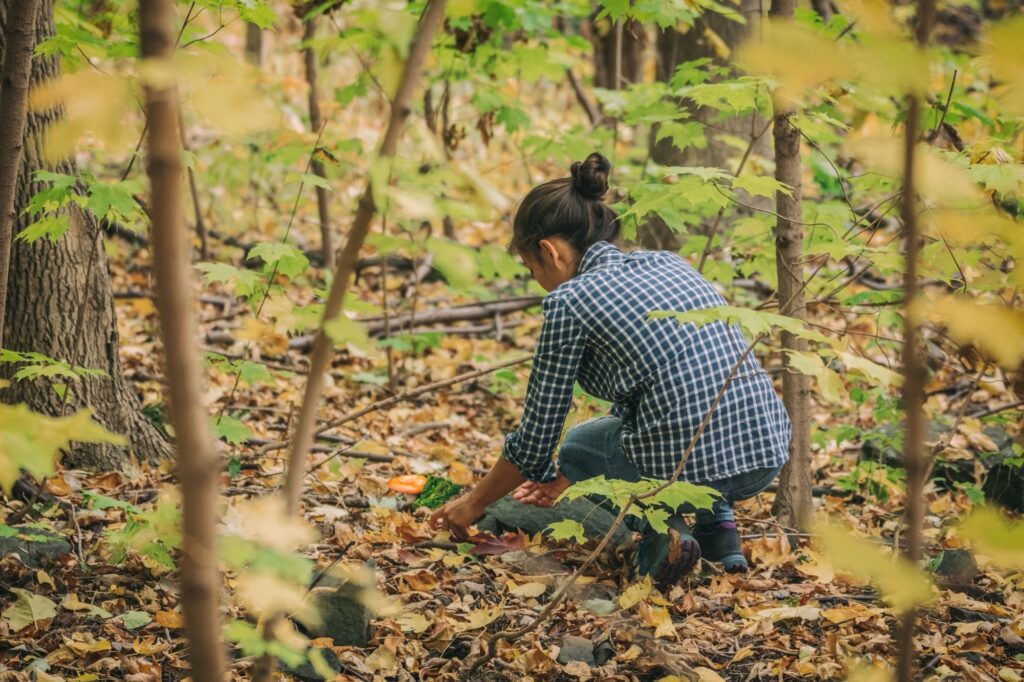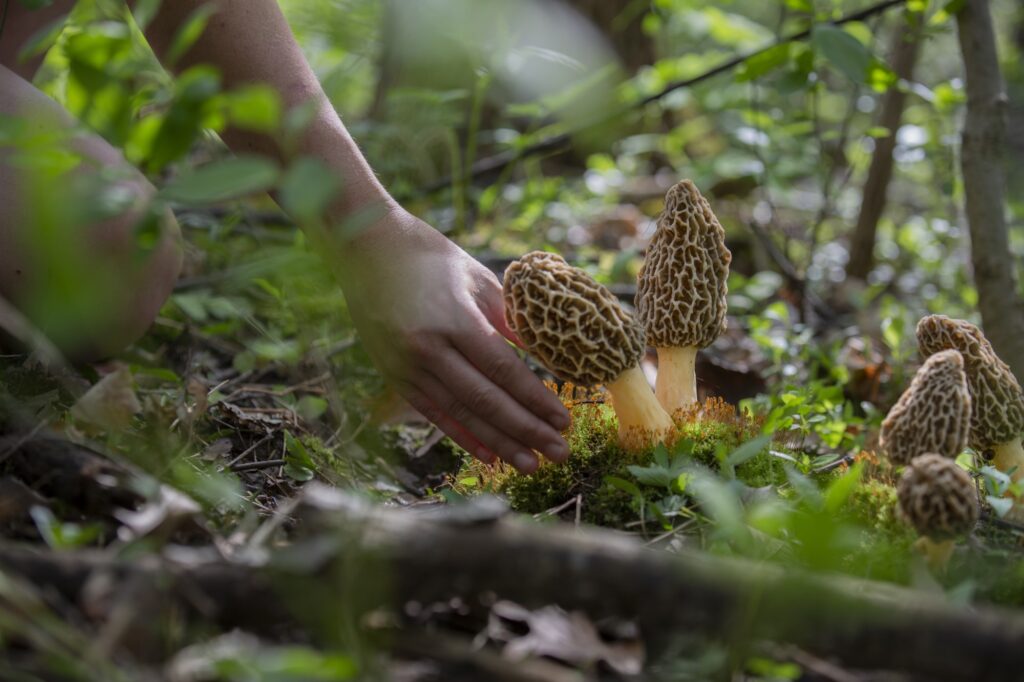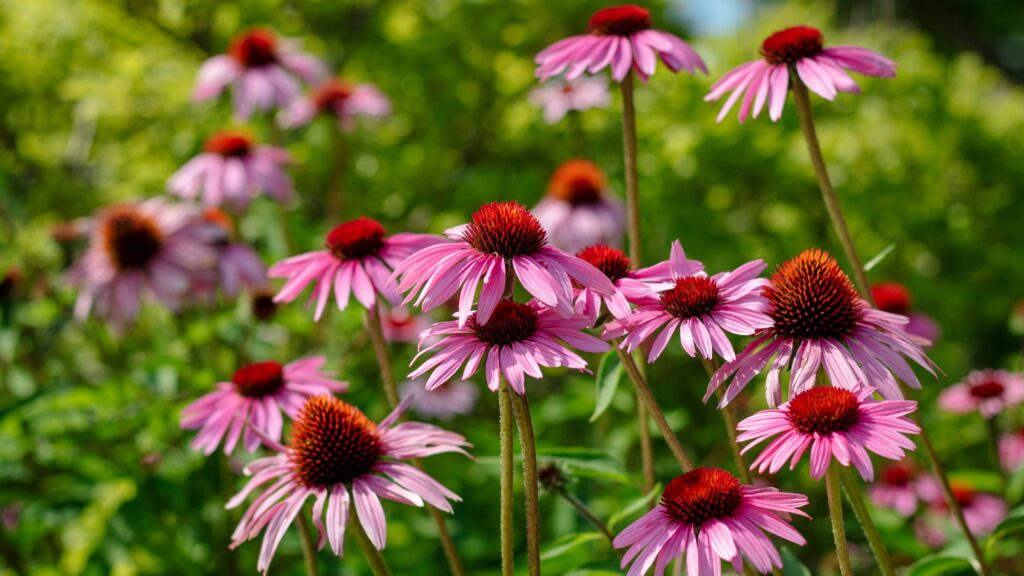
As summer unfolds across the Midwest, nature’s pantry bursts into abundance. Our landscapes offer foragers a delightful variety of native plants to discover and enjoy. Whether you’re a seasoned forager or a curious beginner, exploring the edible treasures of the region can be a rewarding adventure. In this edition of Powell Gardens‘ Midwest Foraging seasonal guides, learn about several of the native plants that grace our landscapes during the summer months.

Blackberries (Rubus spp.)
July – August
Blackberries are quintessential to summer foraging in the Midwest. These sweet, juicy berries can be found in both wild and cultivated varieties throughout Missouri and neighboring states. Look for them along woodland edges, roadsides, and in sunny clearings. They’re perfect for fresh snacking, but can also be used in jams, pies, and sauces.
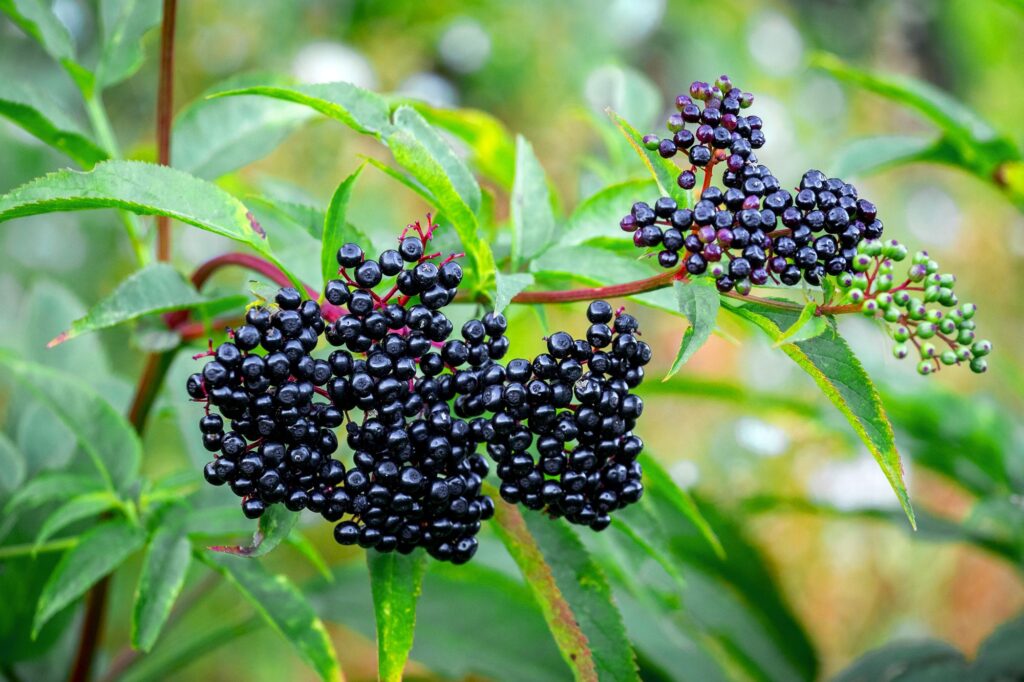
Elderberry (Sambucus spp.)
August – September
Known for its clusters of small, dark purple berries, elderberry is a staple of Midwest hedgerows and moist areas. Elderberries are not only delicious but also highly nutritious, packed with antioxidants and vitamins. They are ready to be picked when the berries are dark purple and plump. They can be used to make syrups, wines, and teas, or incorporated into desserts for a unique twist.
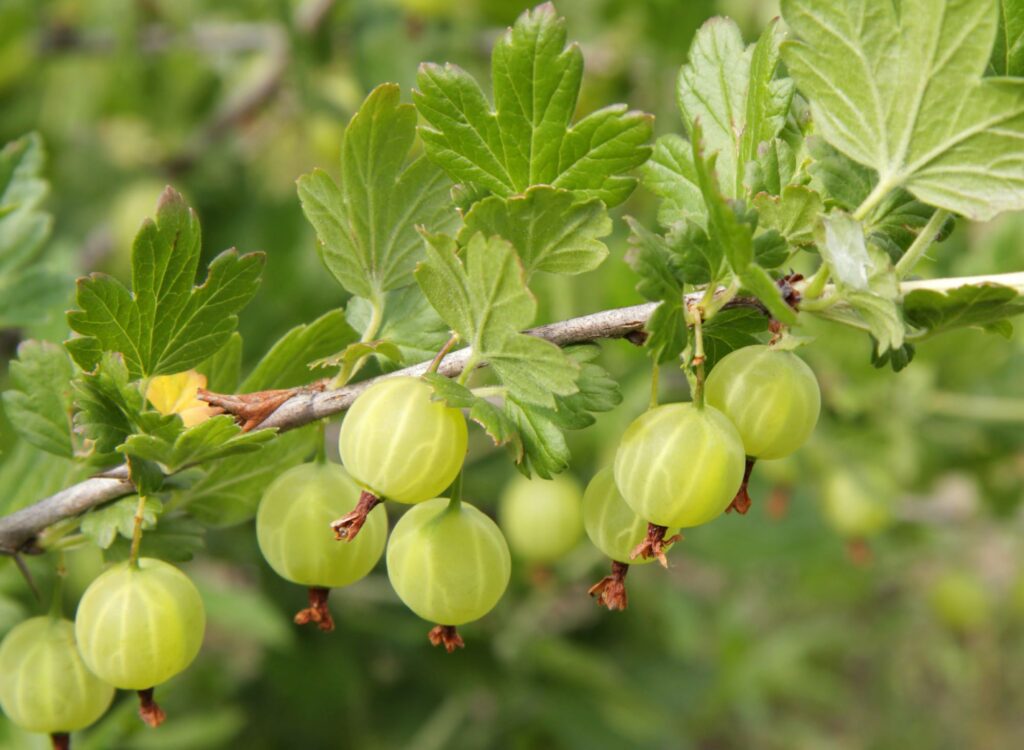
Gooseberry (Ribes spp.)
June – July
In Missouri, wild gooseberries are cherished for their tart flavor and can be found in wooded areas and near streams. These berries range in color from green to red and purple when ripe. Pick gooseberries when they are fully ripe and slightly soft. While they are a bit tart to eat fresh, they shine when turned into jams, jellies, or added to pies for a tangy kick.

Purple Coneflower (Echinacea purpurea)
June – August
A well-known medicinal herb, purple coneflower is native to the prairies and open woods of the Midwest. Beyond its health benefits, the flower petals are edible and add a mild, slightly sweet flavor to salads or can be used as a garnish. Bees and butterflies also love this plant, making it a welcome addition to any garden.
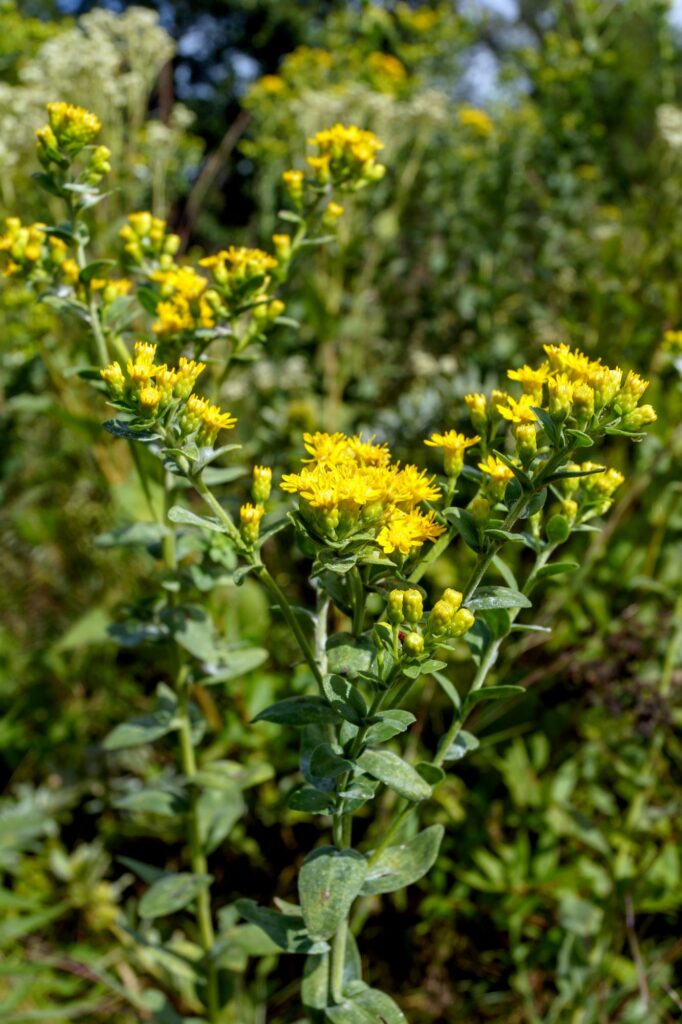
Stiff Goldenrod (Solidago rigida)
August – September
Stiff goldenrod is a robust native plant with bright yellow flower clusters that bloom in late summer. Often found in prairies and along roadsides, its leaves can be used to make a soothing tea with a hint of anise flavor. (It’s best to harvest the leaves for tea before the plant starts to flower.) This plant not only supports local pollinators but also offers a mild herbal taste to culinary creations.
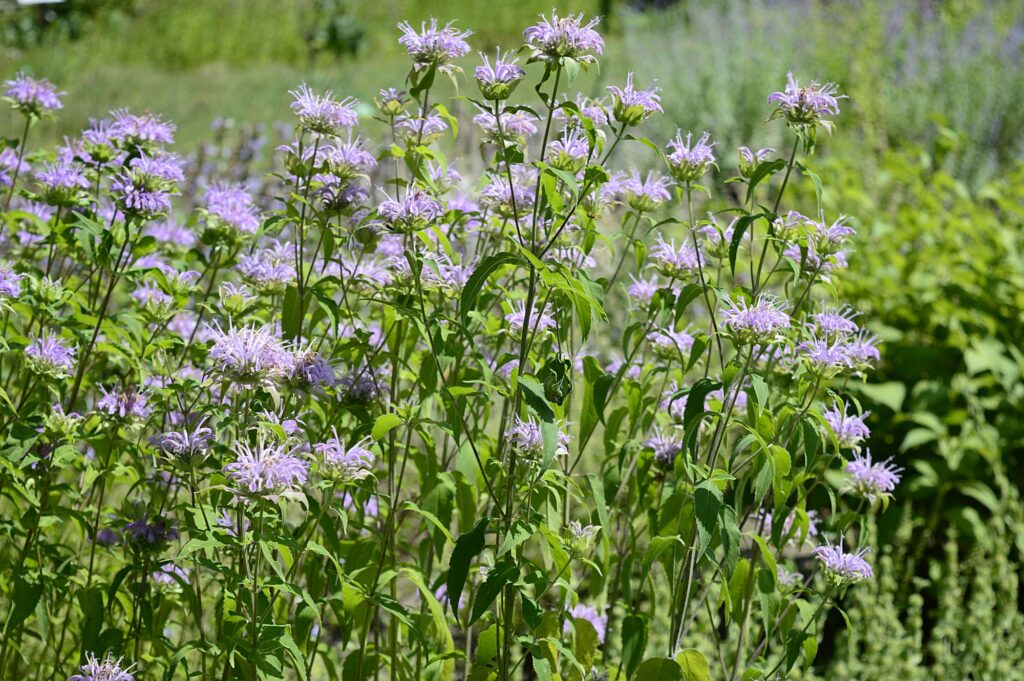
Wild Bergamot (Monarda fistulosa)
July – September
Also known as bee balm, wild bergamot is a fragrant plant that attracts pollinators with its showy pink or lavender flowers. Both its leaves and flowers are edible, imparting a spicy, citrusy flavor to salads, teas, and savory dishes. It’s a delightful addition to the summer forager’s repertoire.
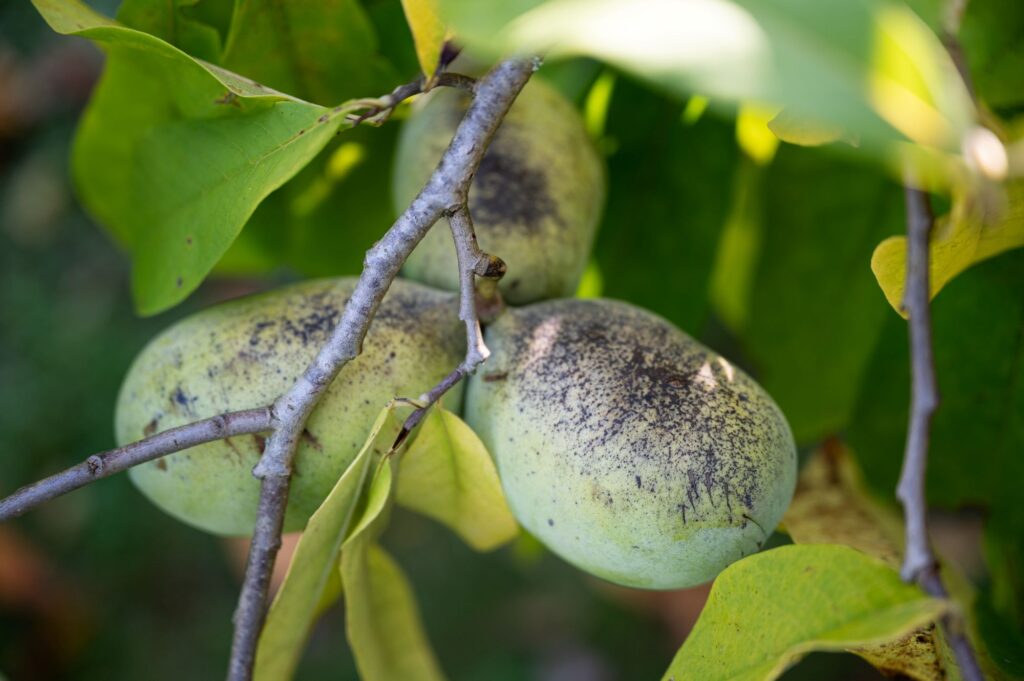
Pawpaw (Asimina triloba)
August – October
Although not as widely known, the pawpaw is a unique fruit native to the Midwest. In fact, the pawpaw is Missouri’s state fruit! It has a custard-like flesh that tastes like a mix of banana, mango, and melon. Look for these small, greenish fruits in late summer in woodland areas. Pawpaws should be harvested when they are fully ripe, which is indicated by a slight softness and aroma. They can be eaten fresh, used in desserts, or blended into smoothies for a tropical twist.
Foraging Tips for All Seasons
Safety first! Always positively identify plants before consuming them. Use a reliable field guide or consult with an expert.
Harvest responsibly. Take only what you need and leave enough for wildlife and other foragers. Respect private property and obtain permission when necessary. Avoid overharvesting and choose non-invasive species whenever possible. To learn more about harvesting in a sustainable way, read our blog post.
Summer Foraging in the Midwest
Summer in the Midwest offers a rich tapestry of flavors waiting to be discovered through foraging. Whether you’re drawn to the sweetness of blackberries, the health benefits of elderberries, or the culinary versatility of gooseberries, there’s something for everyone to enjoy. So, lace up your boots, grab a basket, and venture outdoors to explore the natural bounty that surrounds us. Happy foraging!
About Powell Gardens’ Midwest Foraging Guides
This post is a part of Powell Gardens’ Midwest Foraging education series. Powell Gardens is dedicated to exploring and celebrating the rich diversity of native plants found in the Midwest. Our seasonal foraging guides aim to educate and inspire individuals to connect with nature through responsible foraging practices.
Join us in discovering the natural wonders that await in our own backyards! Learn about fall foraging here, winter foraging here, and spring foraging here.
Note: Foraging is not permitted on Powell Gardens’ property. In the interest of public health, safety, and in respect of our conservation efforts, all participants are expected to appreciate this content for educational purposes only at Powell Gardens.
Related Posts

